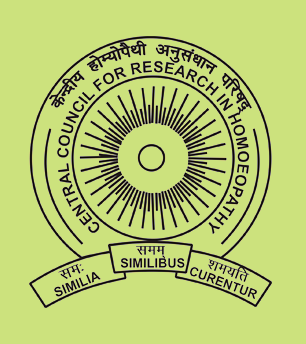Indian Journal of Research in Homoeopathy
Keywords
Cuprum aceticum, Double blind, Drug proving, Homoeopathy, Pathogenetic effect, Placebo, Verdigris
Article Type
Original Article
Abstract
Background: Although the symptomatology of Cuprum metallicum is quite vast, its other salts have fragmentary proving. Thus, homoeopathic pathogenetic trial for Cuprum aceticum (Cu acet.) was taken up. Objective: To elicit the pathogenetic response to Cu acet. in homoeopathic potencies on healthy human provers. Materials and Methods: A multi-center, double-blind randomized, placebo controlled, trial was conducted at three centers of Central Council for Research in Homoeopathy. Proving was conducted on 50 relatively healthy provers selected after conducting the Pretrial Medical Examination. All the provers were given placebo during the first phase of the trial. In the next two phases, Cu acet. was administered in 6 C and 30 C potencies, in the intervention group (n = 34); and placebo in the placebo group (n = 16), after randomization. The proving data so generated on Cu acet. were compiled and analyzed at the proving-cum-data processing cell. Results: Out of 34 provers who were on actual drug trial, only 12 provers manifested symptoms. Twenty-six and 20 symptoms were manifested in 6C and 30C potency, respectively. Conclusion: The pathogenetic response elicited during the proving trial expands the scope of use of the homoeopathic medicine C. aceticum. The symptoms generated in this trial will carry more value when verified clinically.
Digital Object Identifier
10.4103/ijrh.ijrh_54_20
Publisher
Wolters Kluwer India Pvt. Ltd.
How to cite this article
Mehra P, Mahajan A, Vichitra A, et al. Homoeopathic pathogenetic trial of Cuprum aceticum: A multicentric, double-blind, randomized, placebo controlled trial. Indian J Res Homoeopathy 2021;15:77-94. doi: 10.4103/ijrh.ijrh_54_20



